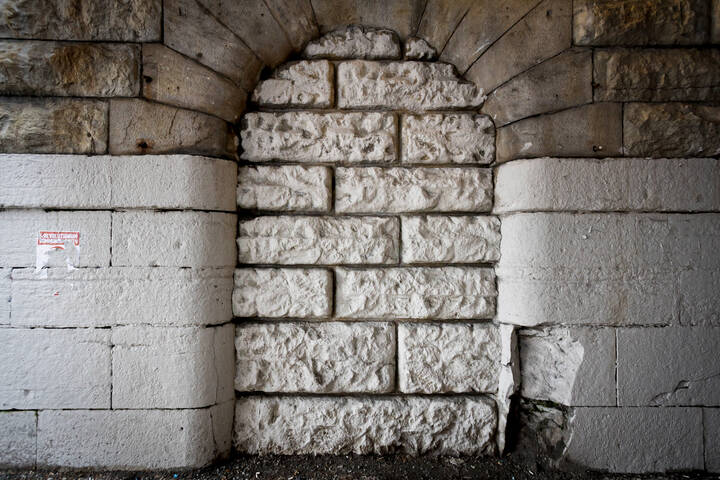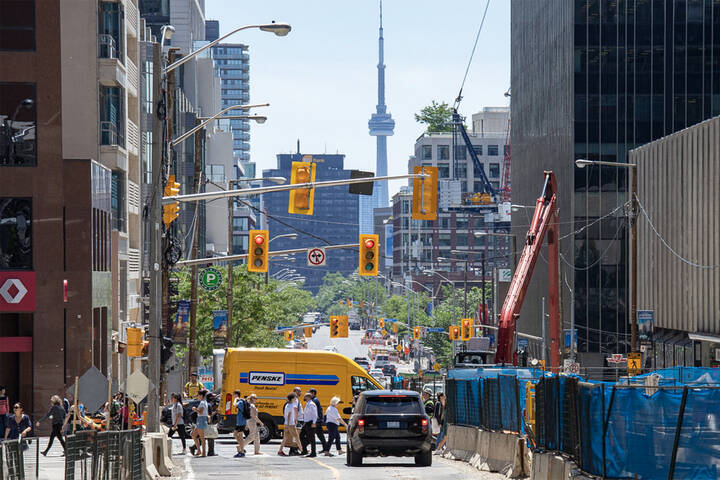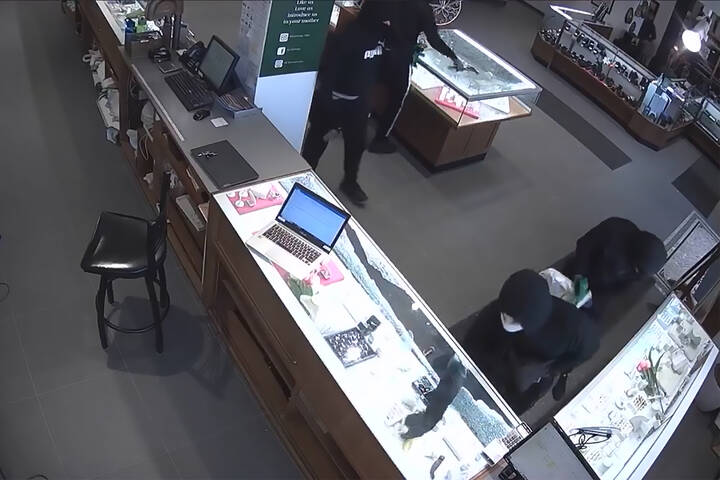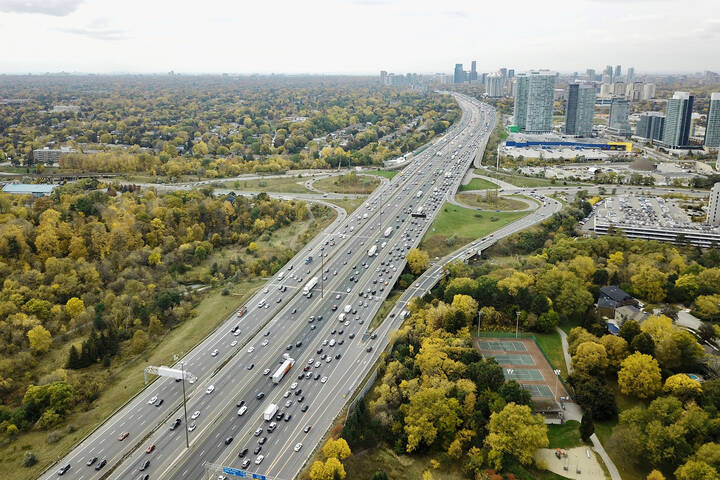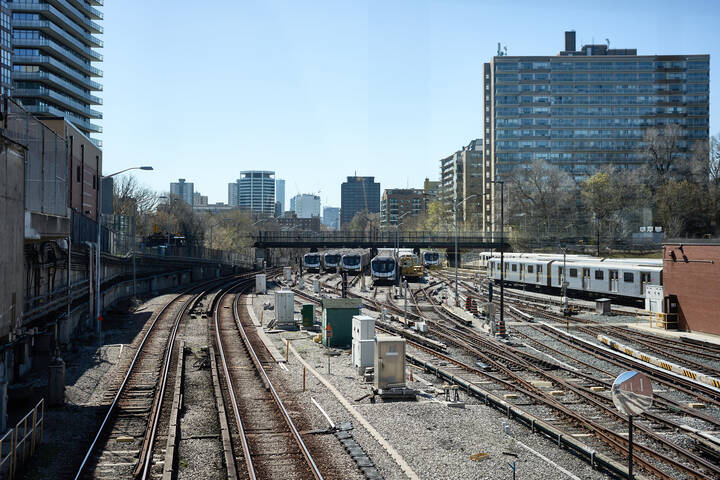
Live at OpenCities Toronto 2007
I'm here at the Centre for Social Innovation, meeting and greeting people before the start of OpenCities 2007 in about twenty minutes. I know I've been talking about OpenCities quite a bit on the blog over the past few weeks, so I apologize for anyone that tried to sign up this past week and was told that registration was full.
In order to make it up to you, I'll be posting periodic updates (and if I can figure out how to work my camera, some photos as well) from the unconference today as the day goes on. I'll be posting the updates on this here post, so be sure to check out this page every thirty minutes or so for some pseudo-live-blogging. I'll also be live-twittering the unconference, and those updates should be a lot more frequent.
If you have any questions you want me to ask anyone here at OpenCities, drop me an email or comment and I'll try and get your voice heard.
Most Recent Update - 5:10pm: And so it all ends. Lots of great learnings, and made some great friends. For those of you who are interested in continuing the conversation further, be sure to check out the wiki at opencities.ca.
3:55pm: Everybody loves dancing. So hey, why not a session where you dance in the streets?
3:50pm: A few notes about the 24-Hour City presentation by Lori and Kevin from Newmindspace.
Jane Jacobs said that a good public space attracts different people for different things at different times of the day. Does Toronto do this? What are the 24-hour parts of Toronto right now?
What verbs are necessary to make a 24-hour city?
- Buy
- Drink
- Eat
- Travel
- Play
- Interact
Nuit Blanche showed that Torotonians are willing to come out for a night event. Why couldn't something like this happen every weekend? What are the lessons we learned from this event?
The measure of a 24-hour city is vibrance — but how do we measure vibrance? Public spaces should take advantage of natural connection points in order to create vibrance. For example, the new Nathan Phillips Square design should have focused its energy on the corner of Bay and Queen.
How do we create a 24-hour Toronto?
- Extend last call.
- Extend TTC hours.
- Create more late night events.
- Encourage businesses to stay open.
- Have more opportunities to interact at night.
There is currently a curfew in Toronto that states that people under the age of 16 should not be out in public spaces from midnight to 6am. This curfew, apart from being a violation of the Charter, needs to be abolished to create positive 24-hour space.
What next? Perhaps the best was to start is to create a directory of 24-hour locations in the city and map them. Through Torontopedia, perhaps?
3:15pm: A few notes about the Shared Spaces presentation by Andre Sorenson.
An important question that we face is what would be a good framework for people share space-based information in a collaborative and open way? How can the city grid, the real space of the city, becomes a place for information exchange?
Not only should city planning departments create layers that are open to any group that wants to use that data, but there should be a way for people to incorporate personal knowledge onto the city grid map as well.
Is the city the right person to lead this? Would the city not just create their own platform which ends up being more closed? We should look into creating data sets and using applications that are open, ie: Google Maps.
Himy presented the example of NKCA, a project where they took a whole set of city and state information and created an API which allowed applications to be built above the data set.
Therefore, this could be a citizen-led project rather than a city-led project. By making all the data taggable, people could create their own navigation using the folksonomy. A few questions, however, need to be addressed: how would we sort the governance issues? Who is going to be responsible for quality assurance and information design?
Himy once again brought up Torontopedia, which is striving to be a repository of this kind of information and already posts this information on a map. Is this the kind of platform that would be best suited for this spatial sharing of information?
There are two pieces to this project: the creation of the dataset, and then the use of the dataset.
How do you compel developers and the city to post this kind of information? Perhaps using leverage from the openly accessible information in the Toronto Archives?
1:30pm: Now, lunch time for real. Catch up with you in about forty-five minutes.
1:25pm: A few notes about the WATERFRONToronto session.
Eli Singer kicked off his presentation by explaining his work on positioning the new waterfront plans for the city, and asked the following questions:
- How do you brand the waterfront?
- How do get rid of the negative stereotypes that surround discussions of the waterfront?
- How do we project the vision of what the waterfront can be and what it will be?
Eli then spoke about how the waterfront has now been branded as "Toronto's Blue Edge" and that all the development will conform to the LEED Gold standard. The emphasis is to build a sustainable community that is not a commuter area: people that work in the area would live in the area as well. WATERFRONToronto is not just creating buildings, but creating neighbourhoods.
A few questions were brought up in the discussion:
- Will people actually be able to afford to live there?
- In a large scale development, will there be enough room for small-scale growth?
- Are we addressing needs or are we building for building's sake?
Eli contrasted the waterfront development plan — where there is a focus on developing community and cultural sustainability — to the current development near the Rogers Centre, where there is random, unconnected development without a master plan. Essentially, those condos become rat cages with little to no street level activity.
When it comes to waterfront issues, everyone has very strong opinions...what are the mechanisms for citizen engagement and getting your voice heard about the waterfront? The best ideas to get your voice heard is to pick up your phone and call, pick up a pen and write.
There was a larger concern about the lack of a growth model — how is the development going to grow in thirty years? Will WATERFRONToronto open up a sandbox of tools where citizens can contribute to visualizing and creating the development? There are people interested in doing these kinds of things for free: it is a process of empowering WATERFRONToronto to accept and integrate these people into the process.
One example was to get citizen designers and city policy makers come together and work together through events such as InterDesign happening this upcoming week.
12:20pm: Setting up for the first session of the afternoon.
Noon: No time to blog during the Speedgeeking session, but here's a quick roundup of some of the amazing open projects going on in Toronto that we learned about during Speedgeeking.
- Multi Story Complex: Righty now, the sidewalk is seen as a way to get from Point A to Point B. Multi Story Complex hopes to turn sidewalks back into important social spaces. The first way they plan to do this is through food vending. Giving people a choice of food and places to consume the food, the sidewalk becomes an open place for community.
- Open Source 101: Sacha Chua led us through an excellent talk about how open source projects allows us toe own what we do. This then allows us to take collaborative processes to places that we could not have imagined before.
- Transit Camp: The Transit Camp held earlier this year asked what we can do to help the TTC grow into what we want it to be. Activities during the event included designing the TTC website, designing an outdoor information post, and designing the interior of a subway car. The end results were to help the TTC embrace the concept of open mashups and open development.
- Pedestrian Sundays: This year, Pedestrian Sundays will be reaching two more neighbourhoods outside Kensington Market - Mirvish VIllage and Baldwin Village. The Pedestrian Sunday movement has a goal of bringing things that are usually behind closed doors out on tot he street.
- CDOT: The Center for the Development of Open Technologies at Seneca College is one of the best programs in the world at teaching open source software development to its students. What's more, it shares its curriculum with universities and colleges around the world in a truly open manner. This October, they will be hosting the Free Software and Open Source Symposium here in Toronto.
- World House: The Institute Without Boundaries is looking at developing housing and shelter solutions that are focused on sustainability and balance. Through this program, they have developed a web community in order for people to communicate about housing using a shared vocabulary, and a framework for collaborative and sustainable furniture design.
- Art Attack: The popular event by the Toronto Public Space Committee seeks to take back the streets and beautify Toronto public space. Also, they are in need of picture frames (of any size) for their next project. Got any you'd like to donate? Contact Amanda.
- Wireless Toronto: Wireless Toronto is a volunteer-run organization that offers free wifi internet access in the city by working with local businesses. They also offer local and hyperlocal content through their neighbourhood portals in each of their locations...and they're looking for volunteers.
- I Want Rhythm: I've mentioned on the blog that I love randomly dancing in the streets. I Want Rhythm does just that - taking environmental music from stores, passing cars, and buskers, participants gather to dance to the music of the city.
10:40am: Questions to consider before we jump into the unconference conversations: What made you come to Open Cities? Can you give us an example of an 'open' story in your life? What do you hope to get out of the day?
10:30am: Breaking into groups to get to know people and starting some structured conversations.
9:45am: Already about fifty people here, enjoying the bagels and the coffee. I'm going to mingle and get some caffeine in my system.
9:40am: Just walked into the Centre for Social Innovation, and people are already smiling despite the early hour of the morning.
Latest Videos
Latest Videos
Join the conversation Load comments

